Berlin Wall: East Side Gallery
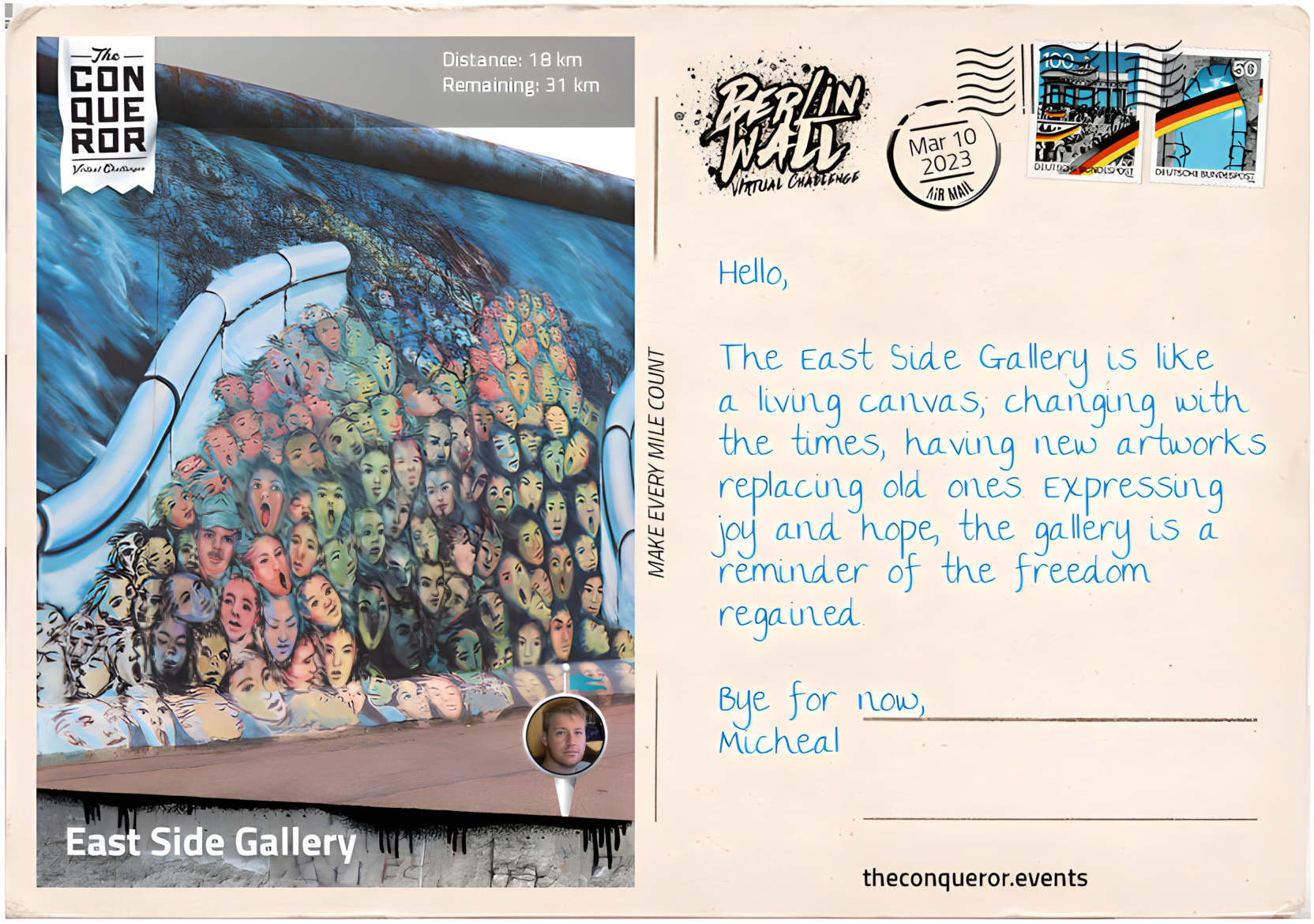
The original borders are followed by the Berlin Wall Trail, completed in 2006, with storyboards along the route providing insight into Germany’s division and the rise and fall of the Wall.
As I travel along the trail, I am moved by the bravery of those who fought for their freedom. Almost half of those who lost their lives did so within the first five years of the Wall’s construction, and nearly 60% of them were in their early twenties. The escapees during this time were from a generation that had experienced freedom and open borders, with many commuting to West Berlin for work and to visit family.
As border controls and fortifications were tightened in the late 1960s, the number of escapees dropped significantly. However, people continued to risk their lives to find a better future, with some attempting to climb the walls or swim across the Spree River. Others used cars, trucks, trains, and even hot air balloons to escape.
Following the fall of the Berlin Wall, a section of the concrete wall was preserved and transformed into an open-air gallery. It is now the world’s longest outdoor gallery, measuring 4,300ft (1,300m) in length. In 1990, 106 works of art were painted on the wall by a group of artists from 21 countries, reflecting the changing political climate and celebrating the Wall’s collapse. The gallery was designated a historical monument in 1991.
Over time, the Wall deteriorated due to weather and vandalism, but in 2009 it was fully restored. The original artists were invited to return and repaint their works in more durable colors, while the other side of the wall was repainted white to restore its pre-1989 appearance. Today, the gallery is one of Berlin’s most popular tourist attractions, drawing over 800,000 visitors annually.
Want to join this challenge? Click here.
More from the Berlin Wall Challenge:



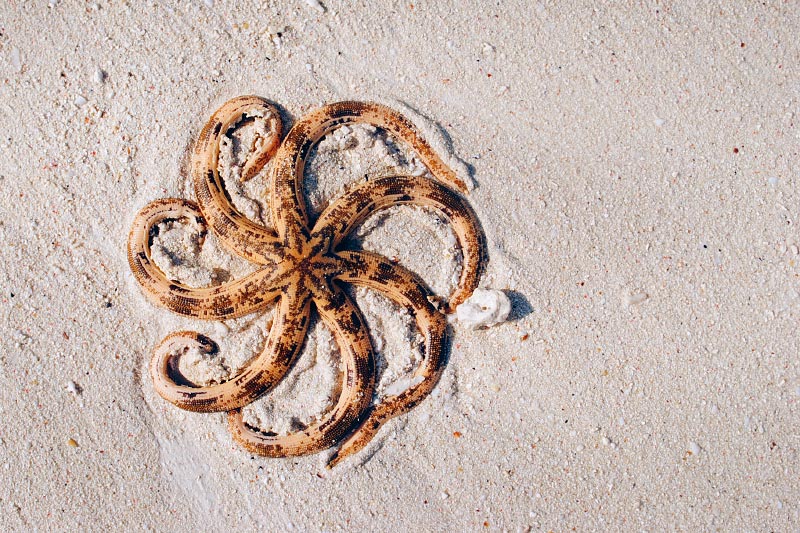
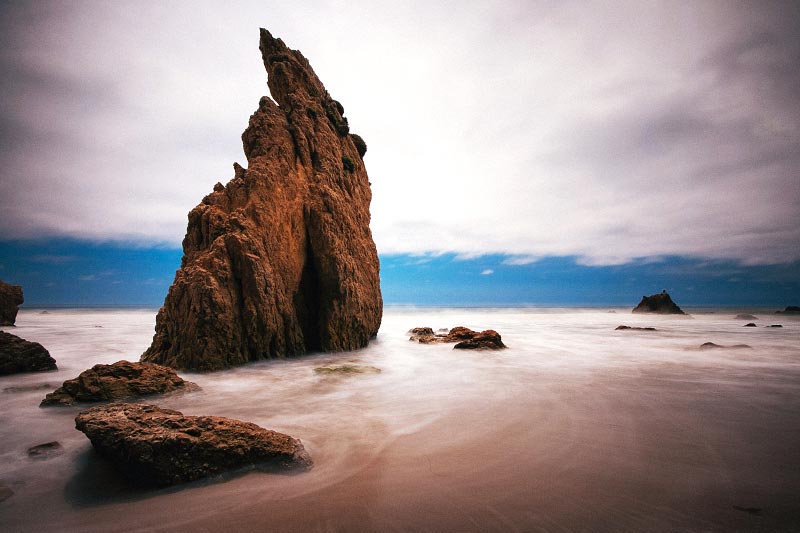
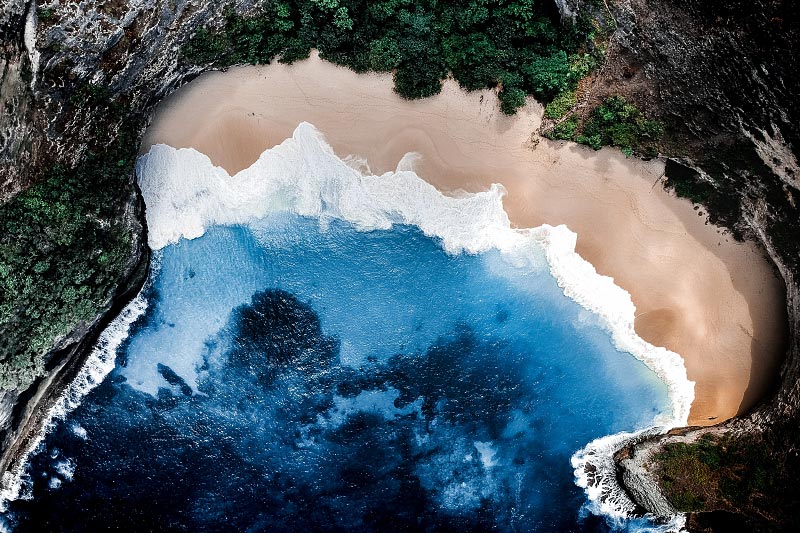
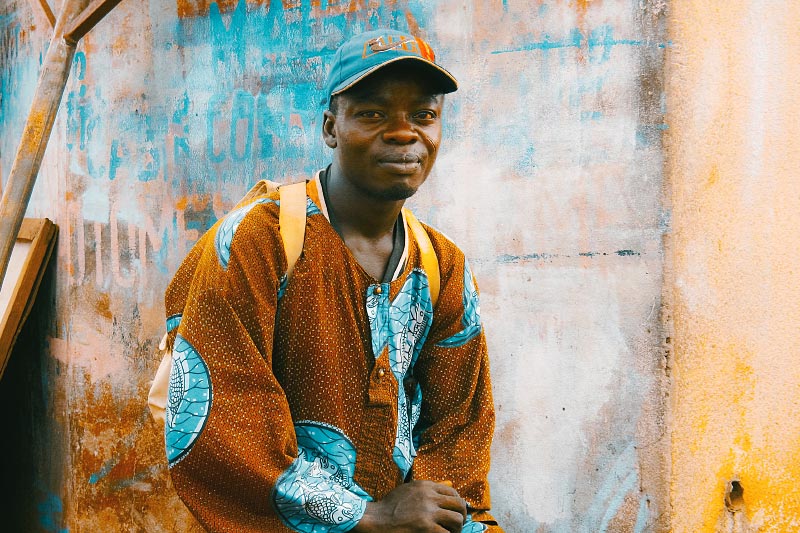
Keep In Touch